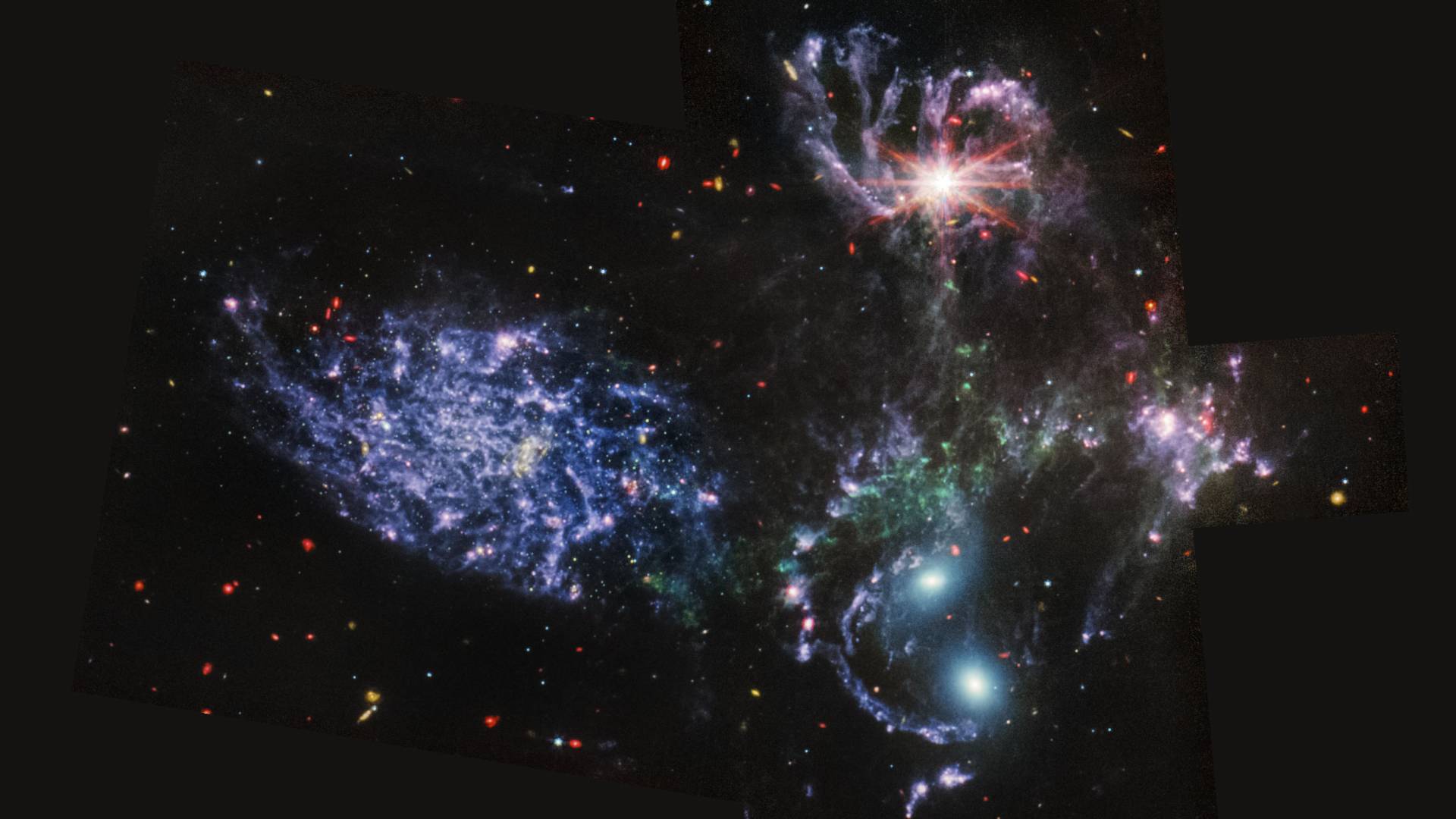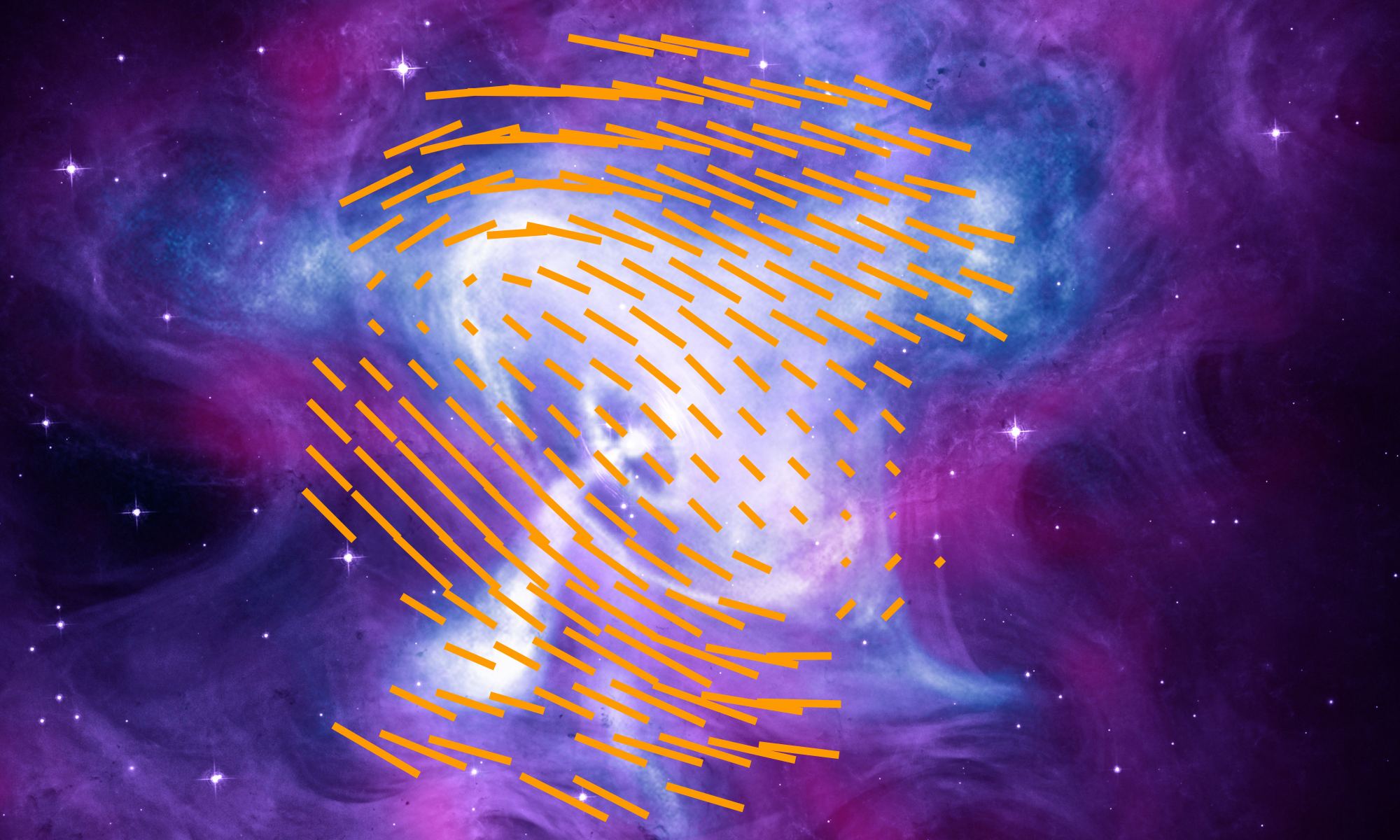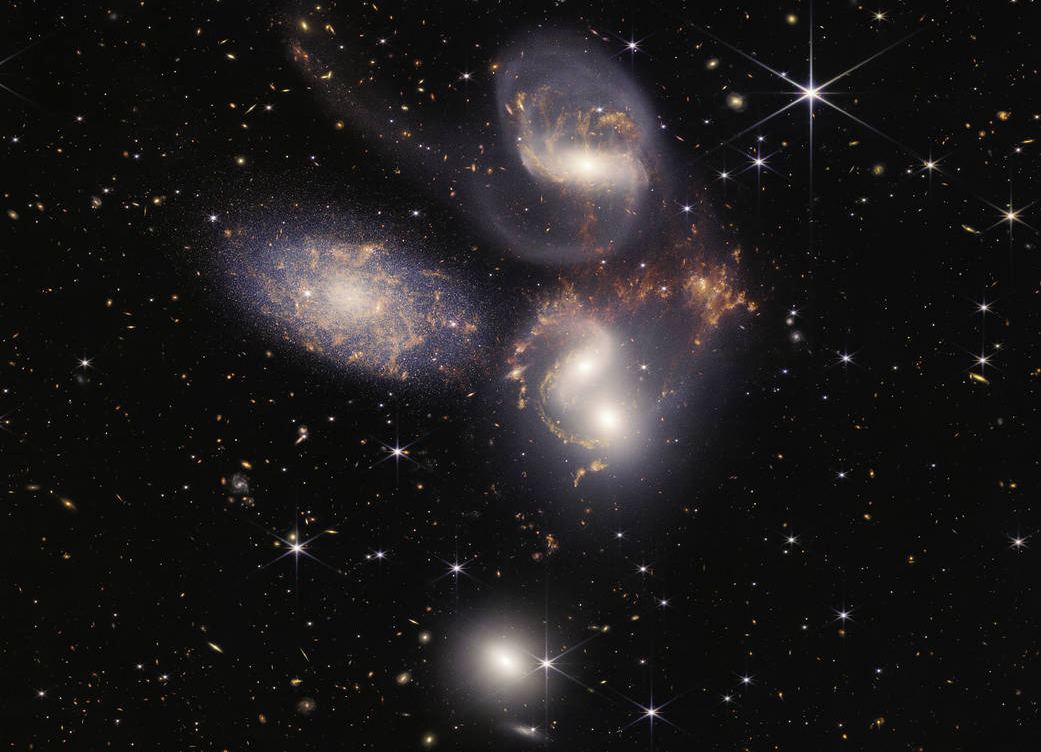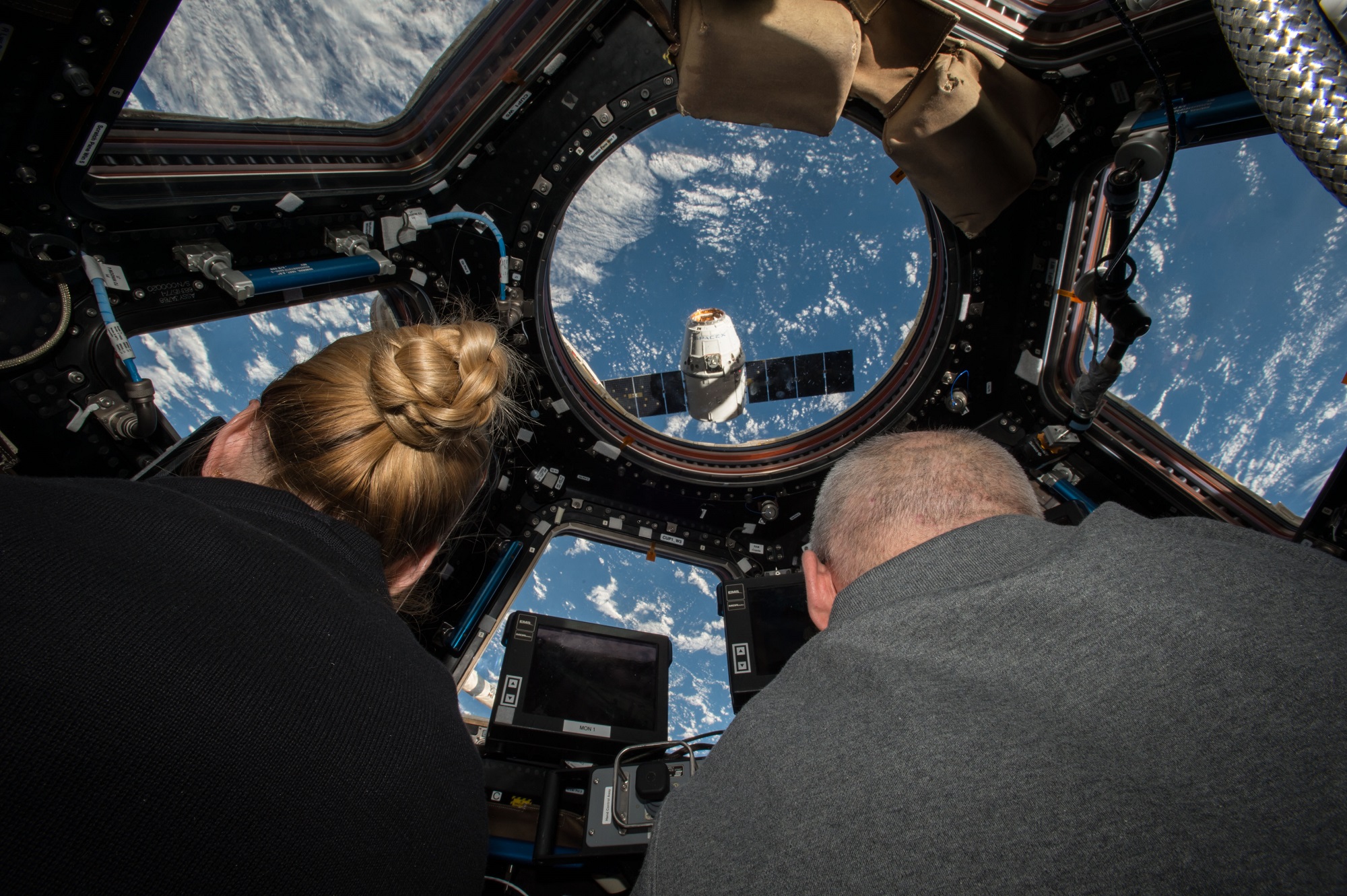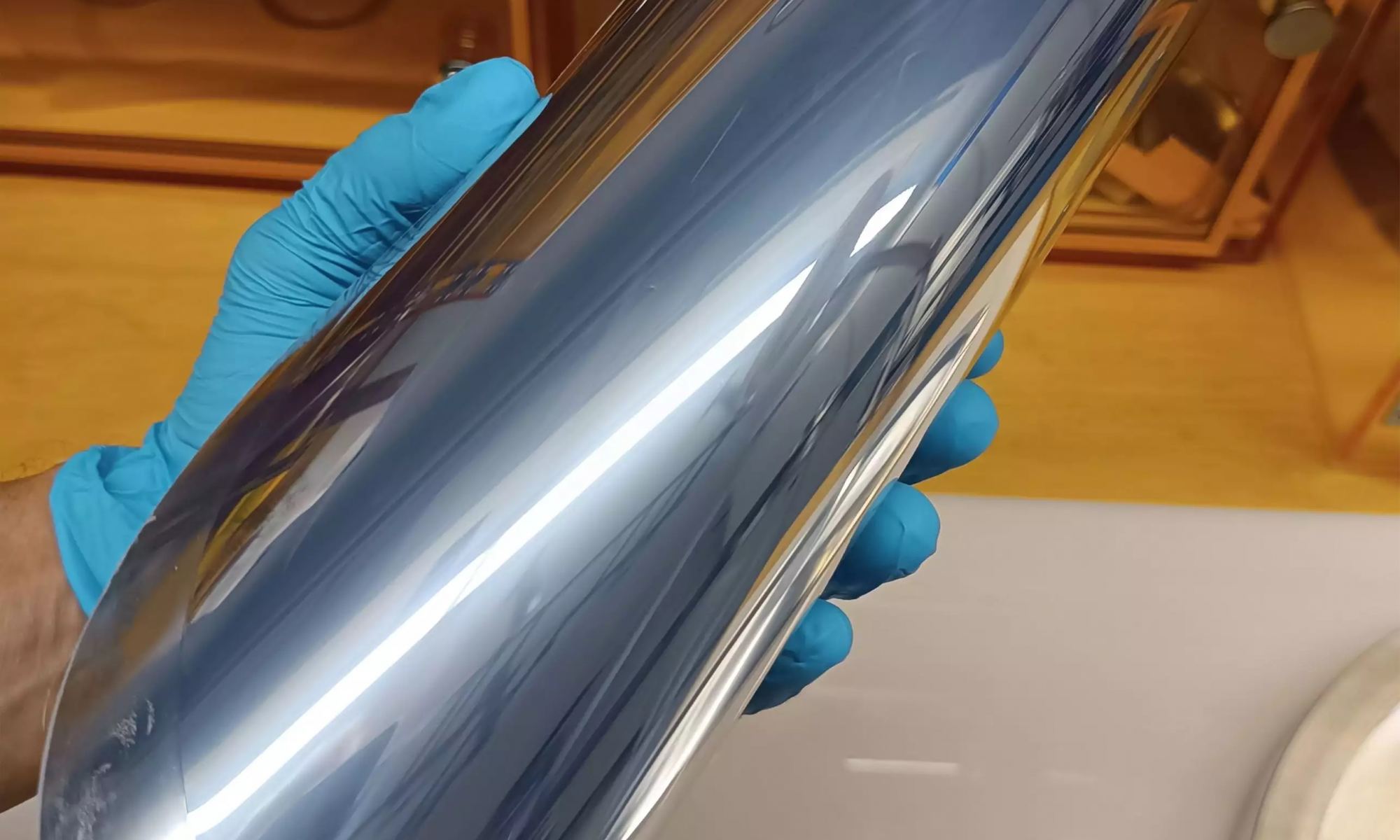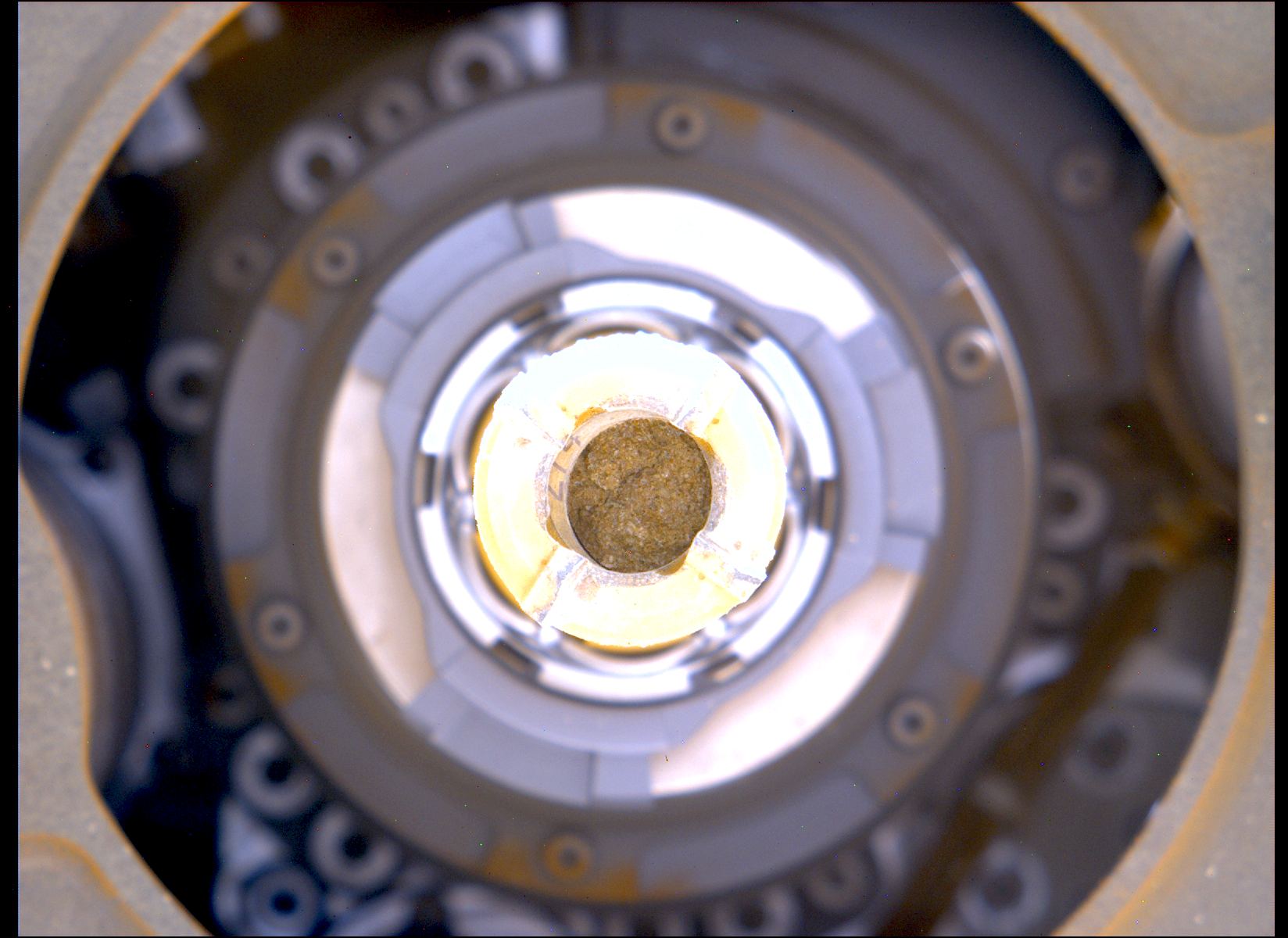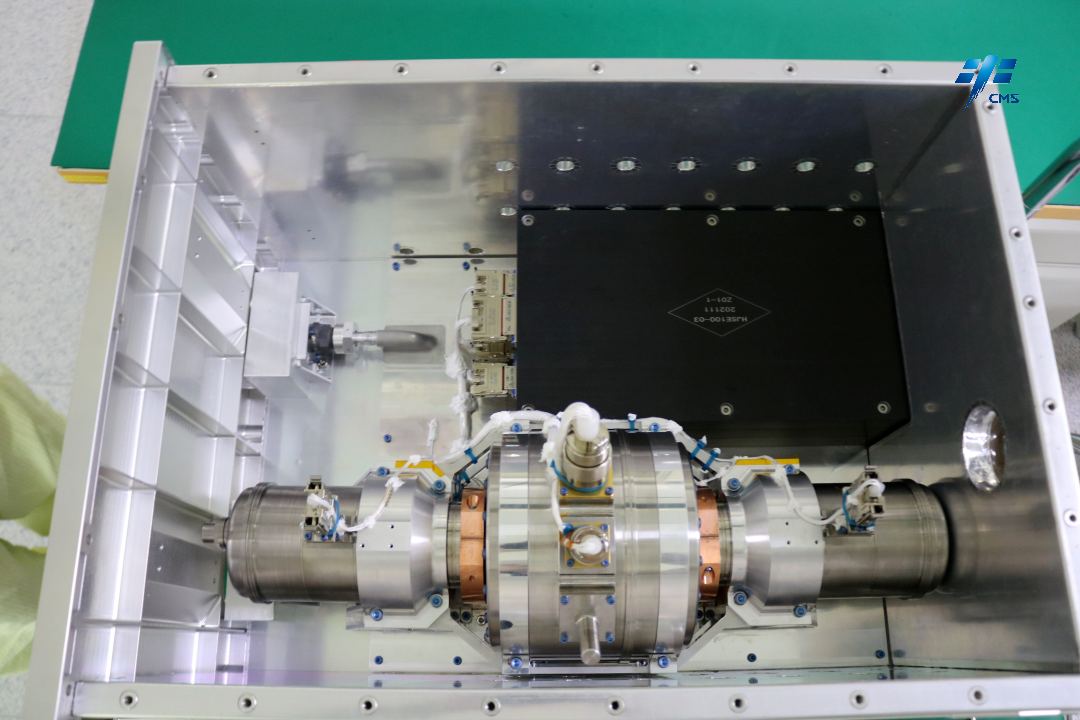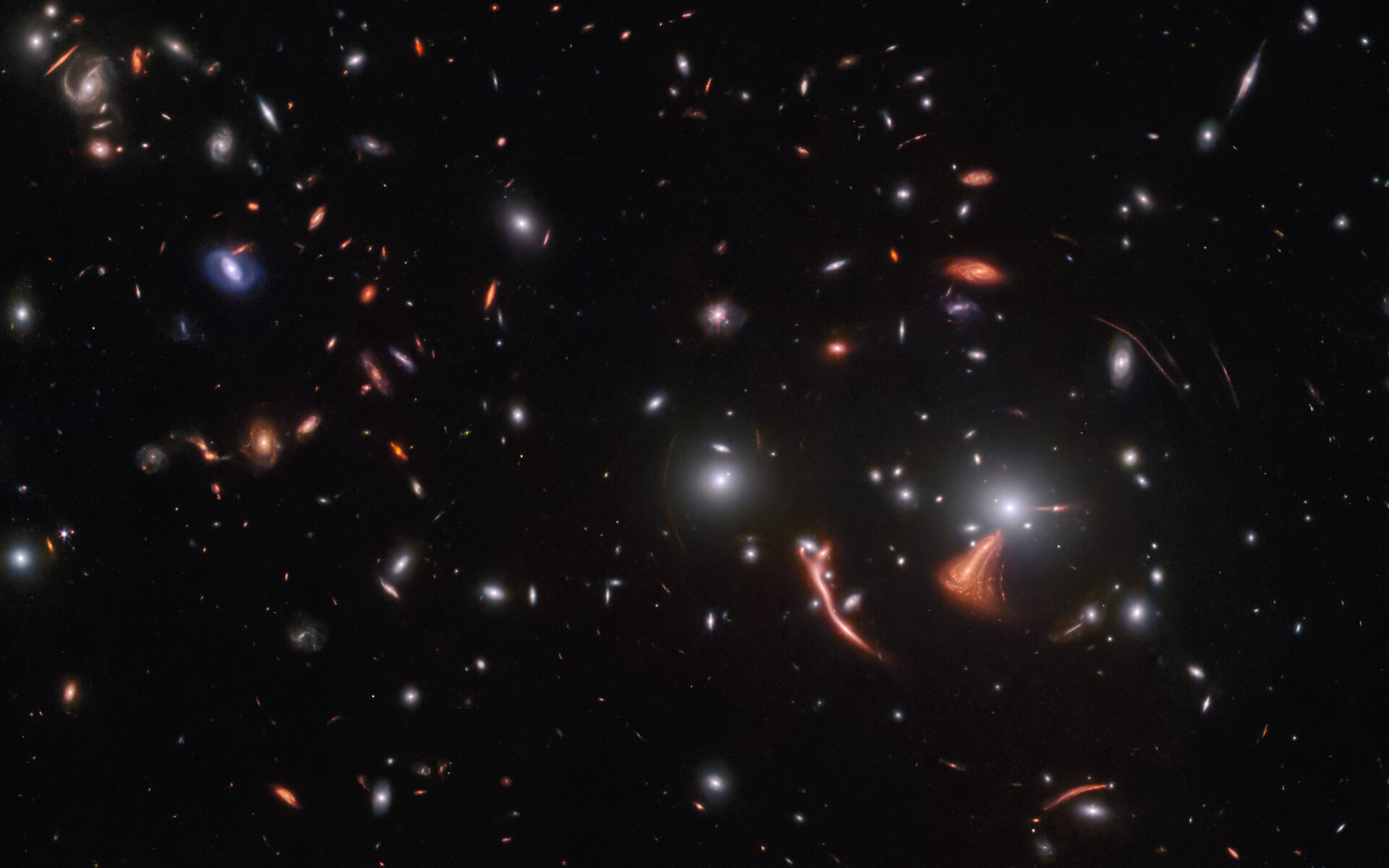In the 1960s, astronomers began noticing a pervasive microwave background visible in all directions. Thereafter known as the Cosmic Microwave Background (CMB), the existence of this relic radiation confirmed the Big Bang theory, which posits that all matter was condensed onto a single point of infinite density and extreme heat that began expanding ca. 13.8 years ago. By measuring the CMB for redshift and comparing these to local distance measurements (using variable stars and supernovae), astronomers have sought to measure the rate at which the Universe is expanding.
Around the same time, scientists observed that the rotational curves of galaxies were much higher than their visible mass suggested. This meant that either Einstein’s Theory of General Relativity was wrong or the Universe was filled with a mysterious, invisible mass. In a new series of papers, members of the Atacama Cosmology Telescope (ACT) collaboration have used background light from the CMB to create a new map of Dark Matter distribution that covers a quarter of the sky and extends deep into the cosmos. This map confirms General Relativity and its predictions for how mass alters the curvature of spacetime.
Continue reading “The First Light in the Universe Helps Build a Dark Matter Map”
